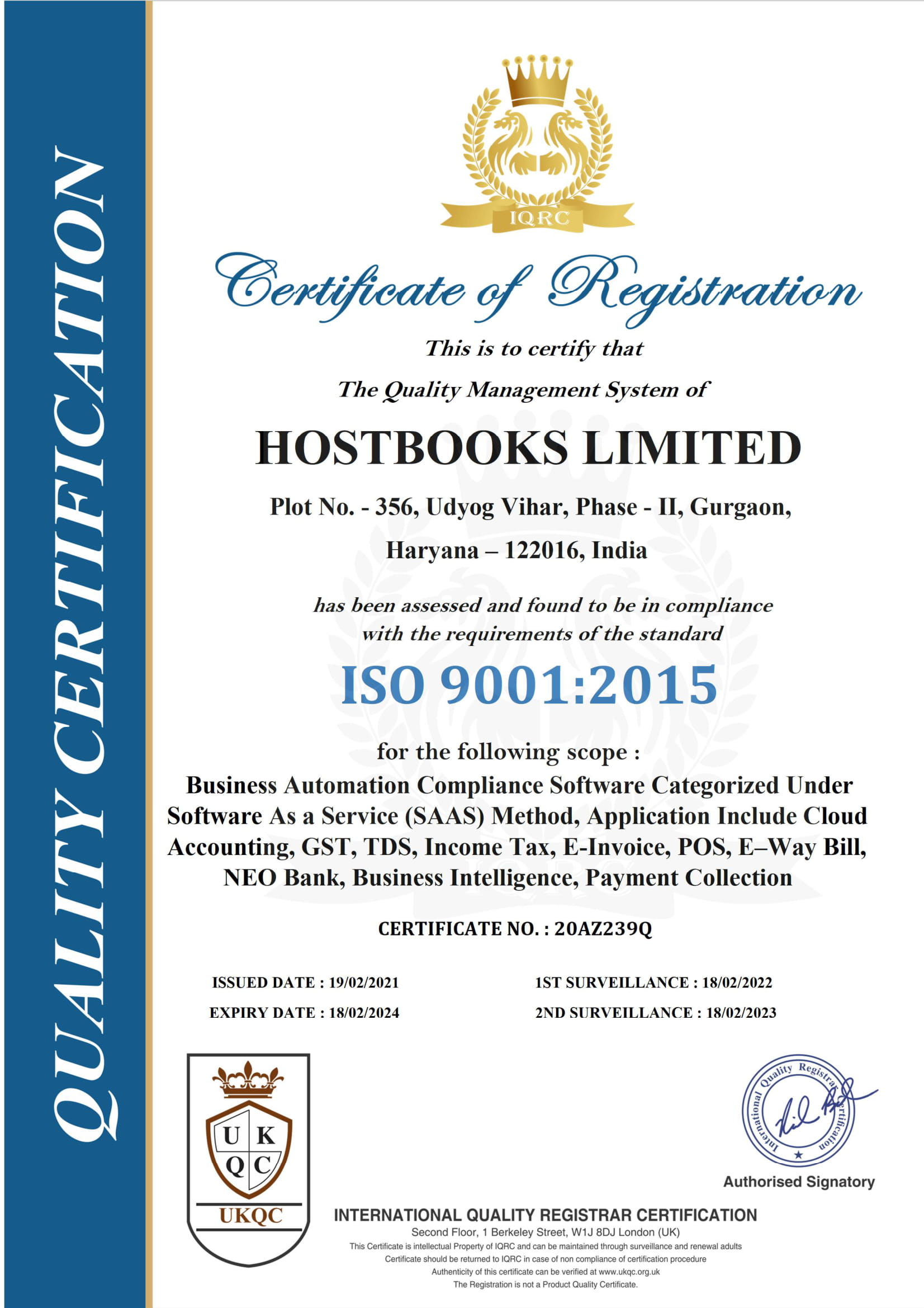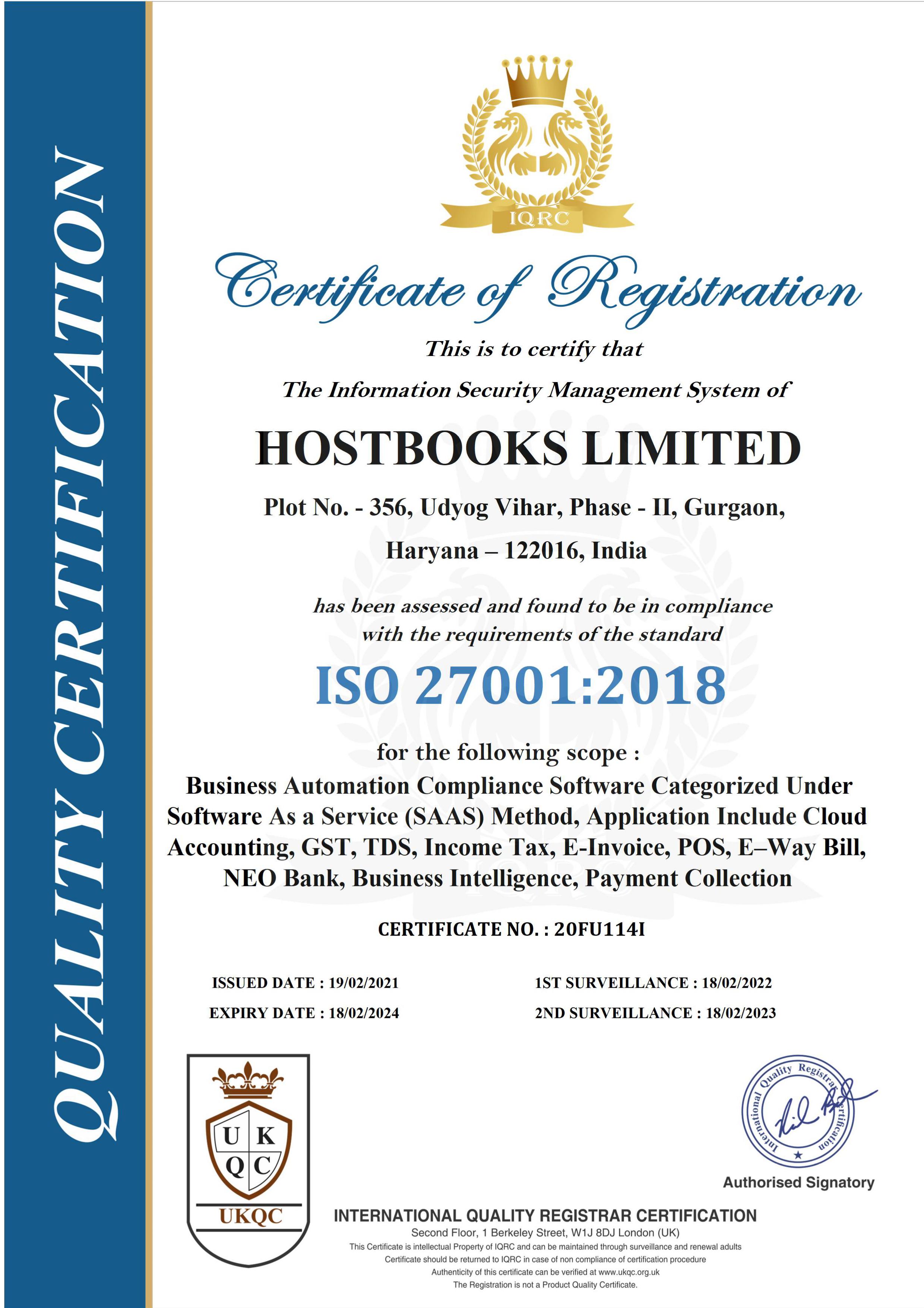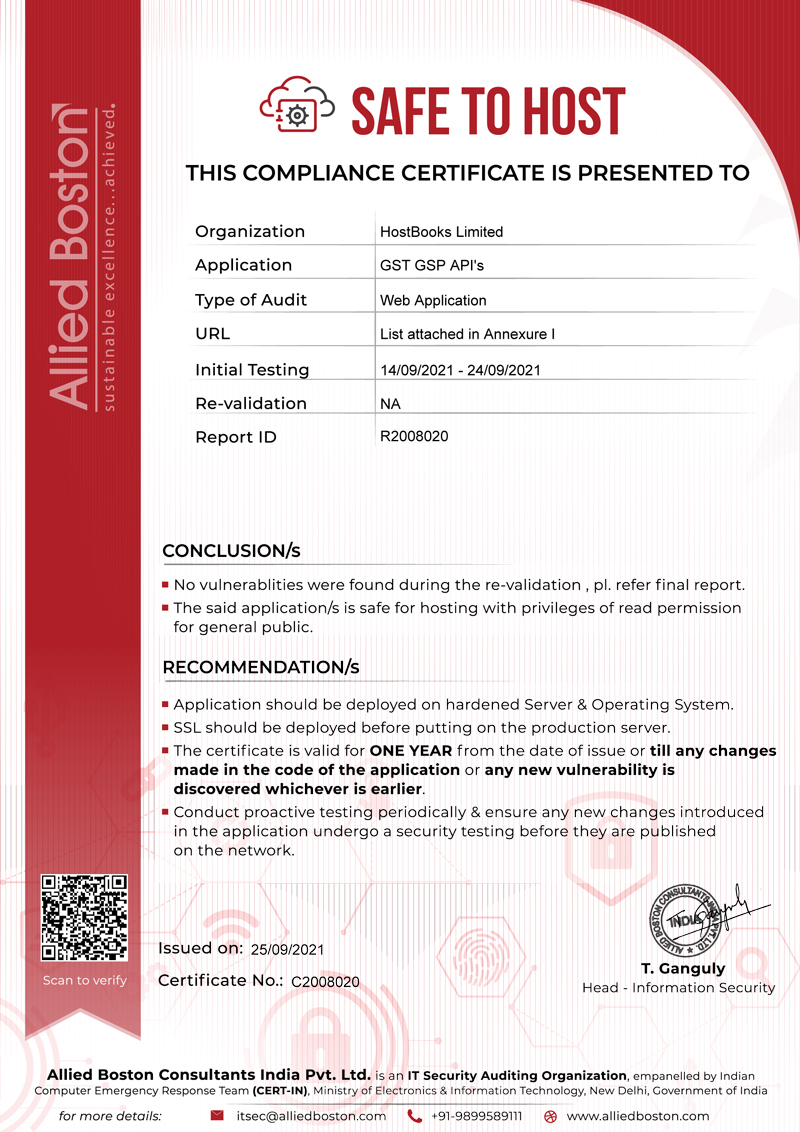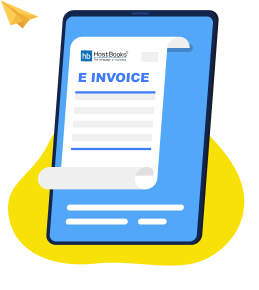ERP and Digital Transformation: Aligning Technology with Business Goals
June 19, 2024
In the digital age, data is often considered the new oil, a valuable resource that, when properly harnessed, can drive business success. Enterprise Resource Planning (ERP) systems and data analytics are two powerful tools that can help businesses leverage this resource to make better, data-driven decisions. This blog explores how integrating ERP systems with data analytics can provide actionable insights, enhance decision-making, and drive business growth.
The Power of Data Analytics
Data analytics involves examining data sets to draw conclusions about the information they contain. It employs techniques ranging from basic statistical analysis to advanced machine learning algorithms. In a business context, data analytics can help identify trends, uncover hidden patterns, and predict future outcomes. This capability is invaluable for making informed decisions that drive growth and efficiency.
The Role of ERP Systems
ERP systems integrate various business processes and functions into a single unified system. This integration ensures that data flows seamlessly across departments, providing a comprehensive view of the organization’s operations. ERP systems cover areas such as finance, human resources, supply chain management, customer relationship management, and more. By centralizing data, ERPs ensure accuracy, consistency, and accessibility, which are essential for effective data analytics.
How ERP and Data Analytics Work Together
When combined, ERP systems and data analytics can transform raw data into actionable insights. Here’s how:
1. Data Centralization and Integration
ERP systems centralize data from different departments, creating a single source of truth. This unified database eliminates data silos, ensuring that all data is consistent and up-to-date. Data analytics tools can then access this centralized data to perform comprehensive analyses, providing a holistic view of the organization’s performance.
2. Real-Time Data Access
Modern ERP systems often include real-time data processing capabilities. This means that data analytics tools can access and analyze data as soon as it is generated. Real-time data access enables businesses to make timely decisions, respond quickly to market changes, and stay ahead of the competition.
3. Enhanced Data Accuracy
With ERP systems, data accuracy is significantly improved. Automated data entry and validation processes reduce the risk of human error. High-quality data is crucial for reliable analytics. Accurate data ensures that the insights derived from analytics are trustworthy and can be confidently used for decision-making.
4. Advanced Reporting and Dashboards
ERP systems often come with built-in reporting and dashboard tools. These tools can visualize data in intuitive and interactive formats, making it easier for decision-makers to understand complex information. By integrating advanced analytics tools, businesses can create custom dashboards that display key performance indicators (KPIs) and other critical metrics.
5. Predictive Analytics
One of the most powerful applications of data analytics is predictive analytics, which uses historical data to predict future outcomes. ERP systems provide a rich source of historical data that can be analyzed to forecast trends, identify potential risks, and uncover opportunities. Predictive analytics can help businesses plan more effectively and make proactive decisions.
Benefits of Combining ERP and Data Analytics
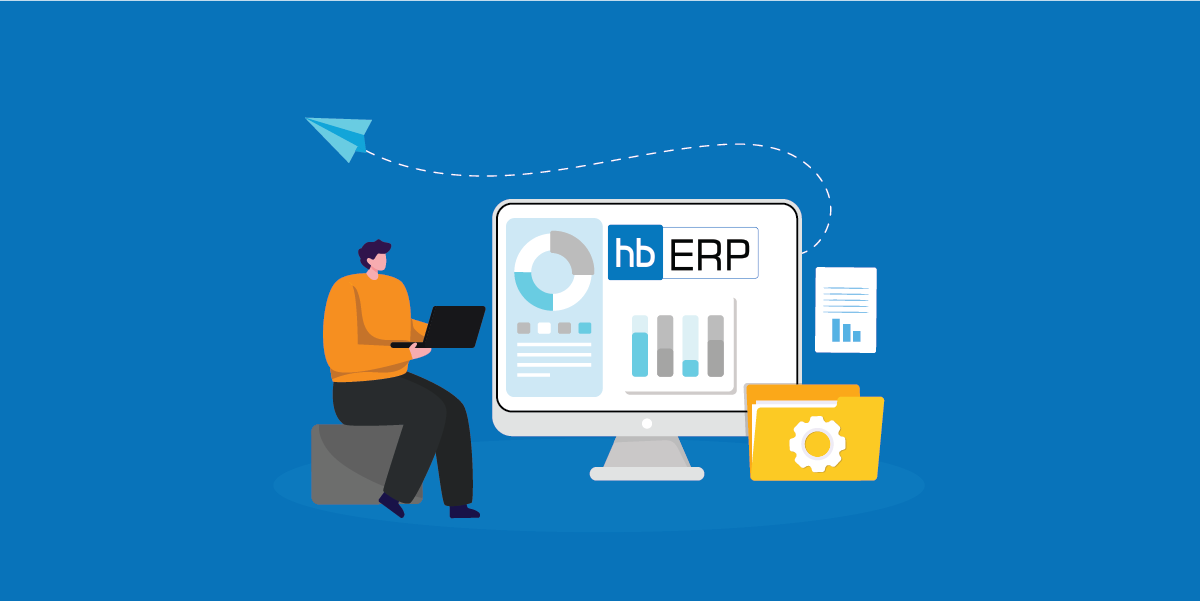
1. Improved Decision-Making
By providing a comprehensive view of the organization’s operations and performance, ERP systems combined with data analytics enable better decision-making. Decision-makers have access to accurate, real-time data and advanced analytical insights, allowing them to make informed decisions that drive growth and efficiency.
2. Enhanced Operational Efficiency
Data analytics can identify inefficiencies and areas for improvement within business processes. By analyzing data from ERP systems, businesses can uncover bottlenecks, streamline operations, and optimize resource utilization. This leads to increased productivity and reduced operational costs.
3. Better Customer Insights
ERP systems integrate customer data from various touchpoints, such as sales, support, and marketing. Data analytics can analyze this information to provide deeper insights into customer behavior, preferences, and trends. These insights enable businesses to personalize their offerings, improve customer satisfaction, and increase customer retention.
4. Risk Management
Data analytics can help businesses identify and mitigate risks. By analyzing data from ERP systems, businesses can detect anomalies, monitor compliance, and predict potential risks. This proactive approach to risk management helps prevent issues before they escalate, ensuring business continuity.
5. Strategic Planning
With access to comprehensive data and advanced analytics, businesses can enhance their strategic planning processes. Data-driven insights help businesses set realistic goals, allocate resources effectively, and develop strategies that align with market trends and customer needs.
Choosing the Right ERP and Analytics Tools
Selecting the right ERP and data analytics tools is crucial for maximizing the benefits of these technologies. Here are some key considerations:
1. Scalability
Choose solutions that can scale with your business. As your company grows, the ERP and analytics tools should be able to accommodate increased data volume and complexity.
2. Integration Capabilities
Ensure that the ERP system and analytics tools can seamlessly integrate with each other and with your existing software. Integration capabilities are essential for maintaining data consistency and enabling comprehensive analysis.
3. User-Friendly Interface
Select tools with intuitive and user-friendly interfaces. This ensures that employees can quickly adapt to the new systems and maximize their productivity.
4. Advanced Analytics Features
Look for analytics tools that offer advanced features such as predictive analytics, machine learning, and customizable dashboards. These features provide deeper insights and enhance decision-making capabilities.
5. Vendor Support and Training
Choose vendors that offer comprehensive support and training programs. This ensures a smooth implementation process and helps employees get the most out of the new systems.
Conclusion
The combination of ERP systems and data analytics provides a powerful solution for driving business growth. By centralizing data, enhancing data accuracy, and enabling real-time analysis, these tools provide actionable insights that improve decision-making, operational efficiency, and customer satisfaction.
Businesses that leverage the synergy between ERP and data analytics are better positioned to navigate the complexities of the modern business landscape and achieve sustainable growth. Embrace the power of ERP and data analytics to transform your business and stay ahead of the competition.
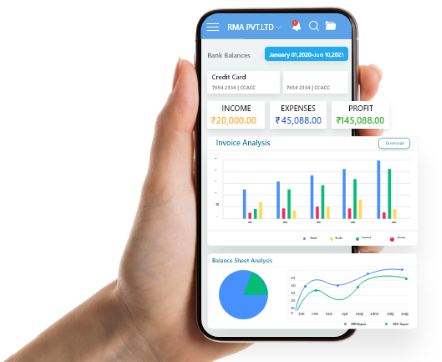
Try HostBooks
SuperApp Today
Create a free account to get access and start
creating something amazing right now!









